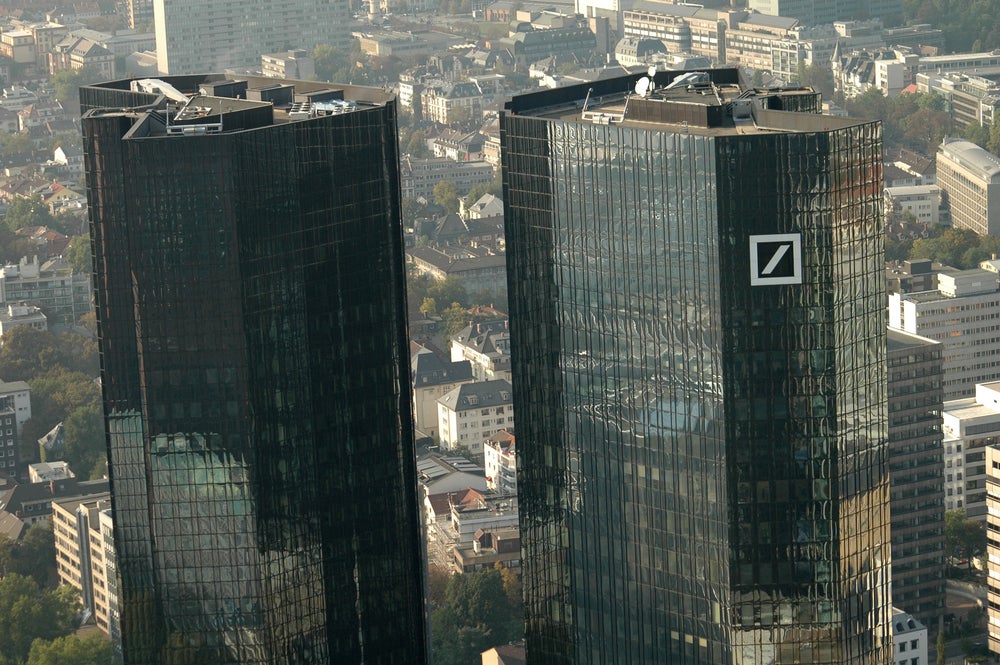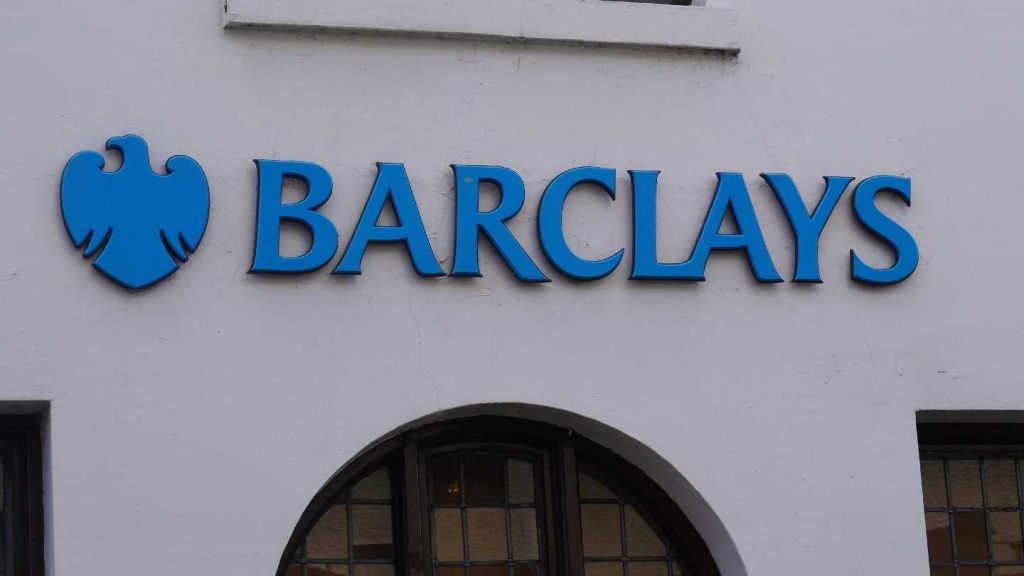Deutsche Bank plans to cut 18,000 jobs, hoping for a brighter future which seems uncertain, according to GlobalData.
Deutsche Bank has commenced yet another restructuring plan, undertaking radical changes that will cost an estimated $8.3bn with attention focusing on the investment banking division. However, making such deep cuts and adding $8.3bn to an already weakened balance sheet makes little sense.
Reorganizing the existing investment banking division would be a much better policy. Instead of cutting 18,000 of jobs, the bank could invest the money into their employees. The bank is treating them as an open wound, and instead of curing it they are cutting it off entirely.
The Deutsche Bank announcement does not give any inurement to shareholders. Yes, the German bank can convince their investors for now, helping to support the share price. However, when viewed from a long-term perspective problems will reoccur, potentially causing shareholders to ditch the firm altogether.
Deutsche Bank will use a ‘bad bank’ to dispose of unwanted assets. However, the German bank is adopting financial crisis measures called ‘bad banks’ in a hope to regain investor trust and regain its past strength.
The creation of a bad bank to dispose of loss-making or bad assets, which will potentially enable the bank to return $6.6bn to shareholders, either via special dividends or share buybacks from 2022.

US Tariffs are shifting - will you react or anticipate?
Don’t let policy changes catch you off guard. Stay proactive with real-time data and expert analysis.
By GlobalDataDeutsche Bank will move to the bad bank $83bn of risk-weighted assets and $323bn of leveraged exposure, which accounts for about 21% of the bank’s balance sheet.
A bad bank is where a struggling financial institution can put assets to sell them or wind them down. In most of the cases it is made up of businesses or holdings which are dragging the bank down. Typically these assets are then purchased for very low prices owing to the heightened failure risk.
Bad banks have worked before but the idea comes with risk
The bad bank idea has worked before for Deutsche Bank. However, it was expensive and time consuming.
In 2012 the firm created a bad bank which absorbed $166bn of unwanted assets acquired during a retail banking and wealth management expansion.
Yet placing assets into a bad bank can mean the lender has to recognize that the holdings are worth less than previously estimated, which could increase buyer power.
Keen investors would hold strong bargaining power over the bank, lowering asset values in the company accounts and booking losses upfront or at the point of sale.
Much now rests on what Deutsche Bank wants to achieve through a bad bank. If it wants to get rid of unwanted assets, a bad bank is a good plan but requires more time.
Conversely, if the bank wants to produce some profits in the process, then a bad bank will prove to be a loss-making plan because Deutsche Bank will have to sell assets for more than 20% less.










